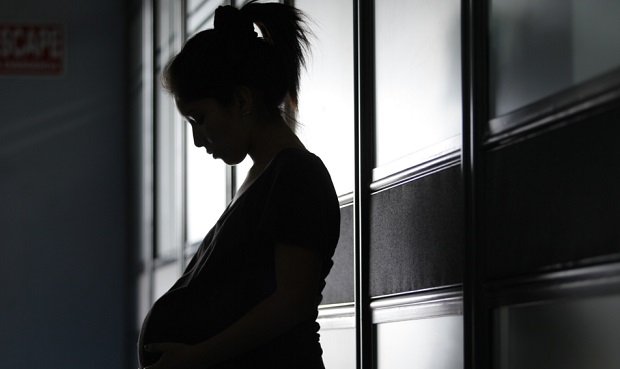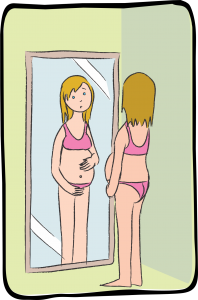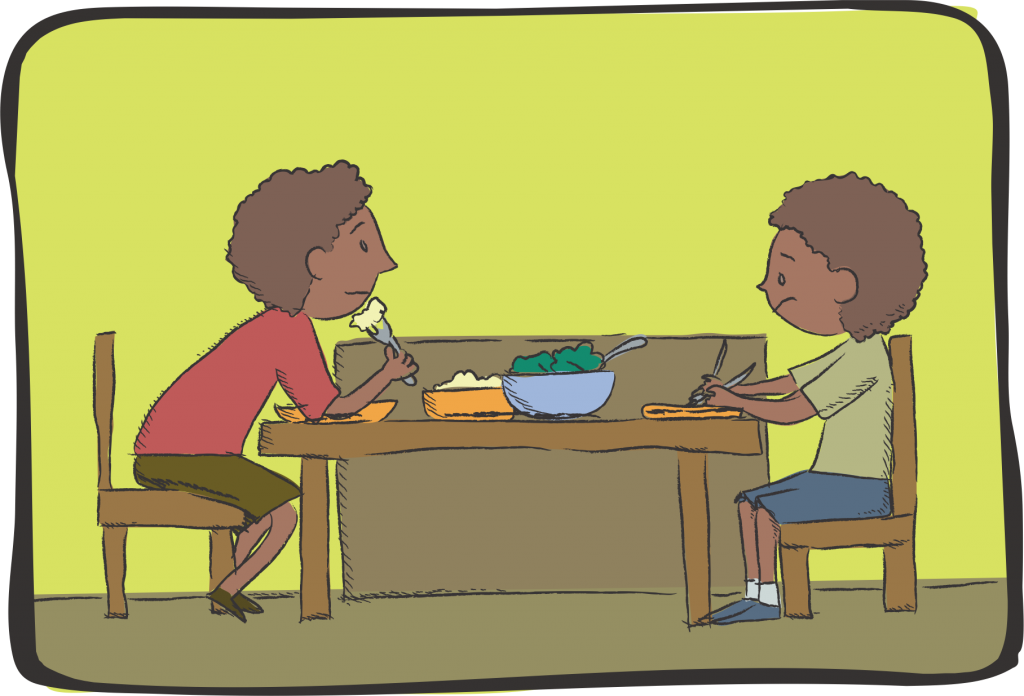In contrast to the global trend, Latin America is the only region in the world showing a trend of increasing teenage pregnancy. This is shown by a report released by the Pan-American Health Organization/World Health Organization (PAHO/WHO), the United Nations Children’s Fund (UNICEF) and the United Nations Population Fund (UNFPA) in March 2018, which combines data collected between 2010 and 2015.

The document indicates that Brazil is the country with the highest teen pregnancy rate in the region. In Brazil, 68.4 babies are born to teenage mothers for every thousand girls aged 15 to 19, while the average global birth rate is 46 births per 1,000.
Uneducated teenagers or those with only elementary school education appear to be more susceptible to early pregnancy, with a four times higher chance of becoming pregnant compared to teenagers with high school or higher education.
There are many consequences of teenage pregnancy. According to the report, early pregnancy has profound effects on adolescent health and increases the chance of psychosocial development problems, in addition to being associated with increased risk of maternal death.
In addition to the effect on physical and emotional health, many teenagers who become pregnant have already left school or are forced to drop out, causing a long-term impact on their educational and work opportunities. The result of all this is that teenage mothers are more vulnerable to poverty and social exclusion, according to the study.
The causes and difficulties of early pregnancy, as well as the support needed for girls in situations of social vulnerability are portrayed in the Gravidez na Adolescência (Teenage Pregnancy) documentary, a Maria Farinha Filmes production.
In an effort to slow this increasing Brazilian teenage pregnancy trend, the report also suggests a number of actions such as: Supporting prevention programs directed at groups in situations of greater social vulnerability; improving access to contraceptive methods; and promoting sex education programs.
This is exactly what the Instituto Criança é Vida (Child is Life Institute) has been doing since 2007, the year its Sex Education project was created. In response to requests from assisted institutions themselves, the pioneering initiative works with boys and girls already as young as seven years of age. Its purpose is to help children and adolescents obtain the knowledge they need to allow them to exercise their sexuality with pleasure and responsibility in the future. Today, three age groups are assisted by the project: Time of Discovery – 7 to 9 years of age; Sex, Love and Responsibility – 10 to 12 years of age; and Issues of Adolescence – 13 to 15 years of age.
By 2017, about 2,300 educators of over 1,300 institutions had already completed certification courses in sex education, allowing them to directly reach over 70,000 children and adolescents. This was Bruno Ricardo’s case. An educator at the Movimento Comunitário Estrela Nova (Estrela Nova Community Movement) – SAS Campo Limpo, on the South Side of São Paulo, he has already witnessed changes in the area where he is active. “Over four years participating in the Criança é Vida (Child is Life) project, I saw an improvement in the quality of materials and teaching methods applied. I also saw a decline in pregnancy rates at the CCAs where I worked and work,” the educator says.

For Michele dos Santos Menezes, an educator and director of the Centro da Criança e do Adolescente Santa Cruz (Santa Cruz Center for Children and Adolescents) — CCA, in the Jaguaré neighborhood, on the West Side of São Paulo, the opportunity to contribute to changing this reality might just be in the hands of educators. “Often an educator is the closest person to these young people, and has an affective bond. However, for information to reach these young people in a correct way, the educator must have real knowledge and the information must be correct,” she says. The care taken with regard to the quality of her staff training led the director seek the support of the Instituto Criança é Vida (Child is Life Institute). “The partnership with the Instituto Criança é Vida (Child is Life Institute) is of great value because it makes conversations about sexuality fun, responsible and in accordance with each age group,” Michele emphasizes.
Although located in a neighborhood with high teenage pregnancy rates, so far only one teenager has gotten pregnant at the Santa Cruz CCA, according to Director Michele dos Santos Menezes. “She got pregnant one month before finishing the program. This was quite difficult because we wanted to understand what had happened, since she was an intelligent, communicative girl, with many dreams to achieve,” she tells us. After the surprise, the CCA staff decided to continue monitoring and supporting the adolescent, even after she left the Center. “We didn’t want her to drop out of school,” Michele says. The strategy was successful. The adolescent took a basic vocational course and works today as a young apprentice. “Today, her life follows a calm path. We are very proud of her,” the educator celebrates.
But to lead a quiet life after the birth of a child is never an easy task. Especially when you have a baby during your teen years, a period of great physical and emotional changes as well as of intellectual development, which is usually interrupted or drastically altered.

This was what happened to Viviane Gomes dos Santos who got pregnant when she was 16 years of age. Viviane is now 30 years old, and she talks about how there were projects she had to give up at that time. “I studied and worked while pregnant, but later I had to stop studying and work longer to support my son,” she tells us.
In addition to having the responsibility of a grownup, Viviane Santos had to deal with the end of her relationship with the father of her son only six months after the birth of the baby. She also talked about the difficulties faced and the things she had to give up with motherhood. “I went back to living with my mother and had to work 14 hours a day while my son spent most of the time with my mother or at the day care center. I was almost not involved in the beginning of his childhood and had no help from the father,” she recalls.
A warning sign

Viviane also says that, in her case, pregnancy was the result of “carelessness” and of the magic thought that something like that would never happen to her. “I believed that lightning would never hit me. That such a thing could happen to anyone, but I would be lucky enough for this not happen to me,” she says.
Her mother’s behavior ensured that the then teenager would take responsibility for her child. Although she helped care for the baby so that the daughter could work, the grandmother never took her place as mother. “I often spent early mornings with my son at the hospital and had to work the following day without sleeping,” she says.
Today, Viviane is a restaurant manager of a big Chinese food chain in São Paulo, and deals daily with a team of 17-to-19-year-old employees. According to her, early pregnancy is still quite common among girls, as the WHO survey warns.
With the awareness of one who experienced this situation herself, Viviane tries to warn her employees about the level of responsibility and sacrifices involved in bringing up a child, as well as the difficulties faced.
Viviane says she is always trying to understand how young people think, and this helps her have a clear conversation about sexuality with her teenage son. In the absence of his father, she counts on the support of the Sex Education project courses, offered by the São José CCA, in partnership with the Instituto Criança é Vida (Child is Life Institute), in which she participates.
In her opinion, the courses on sex education are very helpful, especially for those very conservative families, in which parents are not used to talking to and guiding their children, and think that supporting them financially is everything. “It is a very cool project, and its role is not just to make these young people more open-minded, but their parents who usually don’t stop to listen to their children as well.” For Viviane, conversation and attention can be very important tools for developing a healthier relationship between parents and children, regardless of the age.
